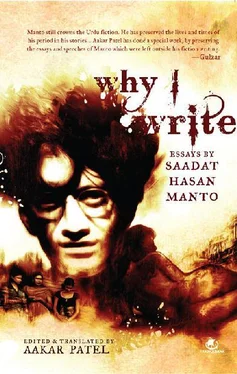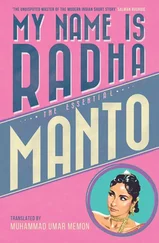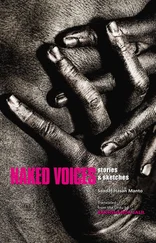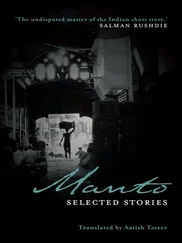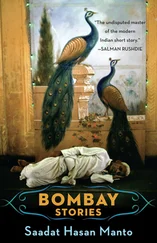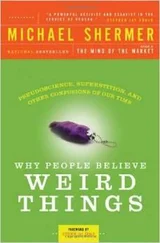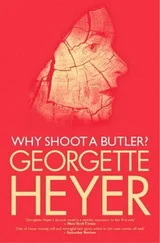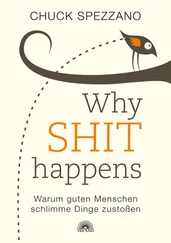In India, such a director is a rarity. Only two come to mind, Debaki Bose and V Shantaram. Rajrani Meera, Puran Bhagat, After the Earthquake and Vidyapati , in all of these you can see the dreamy vision of Bose.
Similarly, Shantaram’s love for grandeur and allusion, his two favourite themes, is always on display. A film which shows them relentlessly can be identified as the product of his Prabhat Film Company. This is why he is our greatest director. Nitin Bose is not on this list because he isn’t really a director so much as he is a showman.
Acting: acting is the ability to show various moods and emotions. Like poetry, painting, writing and sculpture, it is one of the fine arts. There are of course those who will disagree, like Tolstoy and his followers. They don’t consider the work of stage and cinema as art. Tolstoy stands apart in thinking this way. But each to his own.
Acting is as ancient an art as storytelling. Good acting is to convincingly recount and imitate the emotion felt by another.
When a child describes how his terrified grandmother hid from a mouse in the bathroom, how she trembled in fear, he is in fact acting. If he is able to convince you and involve you in his telling of the story, he is a good actor.
Films are exactly the same but on a large scale. The difference is that there are many people — young and old — doing together what the little boy did alone.
The other thing is that nobody directed the child or the perspective. The camera’s angle keeps changing and so does the lighting. The actor must remain in the frame while showing his act, unlike the boy who can move about at random. If the actor moves too much, he slips out. If he turns his face the wrong way even slightly then again the camera will punish him. He has many such difficulties.
Acting is a tough art and needs a special mindset and physical ability. In Hollywood, people are sought who fit the written role precisely. How seriously they go about doing this can be discerned by knowing that every company has scouts in many countries who keep a lookout for the right man and woman.
Much money is then spent on training these people and then, on the magical night of their first release, they become famous in an instant.
When India began making films, musicians and prostitutes were enrolled as actors. Not much has changed though many years have since passed. Any man with a decent voice and who can render a song competently is cast as a hero and six of his films are released in a year. In actresses, all that is sought is a pretty face. Because our fundamentals are wrong, there is no great skill in our actors, as it isn’t expected of them. This doesn’t mean however that we are lacking in great actors and actresses. Unfortunately, they will never get the opportunity to prove themselves.
The Saint: even if you are not a particularly keen observer, you must have noticed one unique thing about our films that keeps repeating itself. I’m referring to the faqir or sadhu that our directors love inserting into their plots. It happens in this fashion: the script reads that the heroine is dejected and is sitting all by herself and the director must show this dejection, the melancholy. His solution is to conjure up a singing mendicant. A singer is always around in the studio to be included where necessary and so this is easily done.
He doesn’t know why he is singing. He’s a singing machine that needs to be switched on. I know someone who has sung dozens of songs under every tree of the studio’s sets. By the sea, on the river bank, in a car and on the road. God alone knows how many songs he has delivered on demand, sometimes as a bearded faqir and other times as a dreadlocked sadhu. He is made up as an old man and dispatched to the sets. He rehearses and then the camera swallows him. When the projector vomits him out, we see the heroine on a sofa (long shot followed by a close-up). She is in tears, and a pained voice sings from outside:
My heart weeps and
I pine for you so much
She squeezes out a couple of more tears. Cut.
We are now in a market where our man dressed as a mendicant is belting out his anthem of grief. He goes on for seven-and-a-half minutes, during which we see the heroine sighing with the song’s emotions, and then we are back to the singer. When the song ends, the girl’s father, standing outside his door and magically able to make the connection between the song and his daughter’s feelings, steps in to say: ‘My darling, why are you so sad?’
I want to know the reason for such stupidity in the movies. When we are sad, do the city’s sadhus and beggars announce it through their songs? It can happen in a couple of films and we can forgive their directors. But to be subjected to this in almost every film? Intolerable.
Five years ago, and this is true, when I wasn’t really familiar with Indian films, I was fascinated by the sadhus and beggars I saw on the streets. Now when I spot one, I am reminded of my singing friend and turn my face away in disgust. I have come to realize that whenever our directors are short of an idea, they deploy the sadhu maharaj and his song and think they’ve killed two birds with one stone.
In terms of cinematic structure, this intrusion is also an error. The audience’s attention turns away from the narrative to the aside, the singing sadhu. He vanishes after a few minutes while the story does not move. Why do we have this diversion at all?
I think some film with this sequence was a big hit and producers have attributed its success in part to the singing sadhu. The relentless use of this scene shows how short on creativity is our filmmaking. The sadhu has become a box office regular now, endlessly irritating those in the audience with a bit of taste and discernment. Please let’s be done with this fellow.
Villains: early American cinema’s ideas and formats dominate our industry even today, as we celebrate its twenty-fifth anniversary. The plotlines and treatment are copied with such diligence that all our films are now alike. We need to change this immediately. Originally, the earliest American movies used to be centred around three characters — hero, heroine and the villain.
In India this is still the format. The producer picks a hero and then immediately a heroine and a villain.
I accept that there must be good and evil and light and shade but surely there must be some method and some logic in how they are shown? In general, I have no objection to heroine and villain. They could be important elements of the story. But I do have a problem with villains who are labelled so, even before their characters have a chance to reveal themselves. Villains who are villains in every role.
Literature and film in my opinion are like saloons where bottles have no labels. I want to taste each one myself and figure out which is what. If I’m denied this by labelling, then my entertainment is considerably lessened.
The other thing I find idiotic is how all our heroes look the same. Handsome, young, brave, kind and so on. He fights from start to finish as if swords will never bruise him. And his love is always true, unlike the poor villain’s lust. I find such characters totally unconvincing and am not drawn to the plot they are a part of. To me, a hero must be a character I’m able to accept. For whom I have sympathy, who is human with all the traits that humans have. I want nobody angelic because I live on earth. He can soar in the sky but he must be rooted to the ground. I have no grouse against angels, but I love my fellow human beings more, who share the world with me.
I find our goody-goody heroines trying as well. Few writers are able to present an accurate picture of a woman and the reason for this is the purdah that veils our women. Such separation of the sexes produces ignorance. I would say that eighty per cent of our female literary figures are fantastic and unreal. The are counterfeit and lack the clink of real coins. They don’t have the aspects of true femininity that goes into making a woman. They are fantasy figures, who don’t belong to our world, and I have the same feeling about our villains. These are lifeless figures of clay, standing in because the script needs them.
Читать дальше
